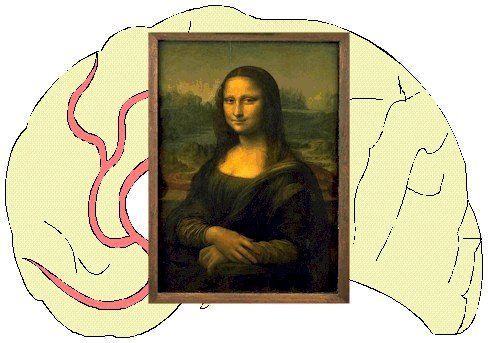
A Recollection by Philip Morrison
This community was nourished by a flow of secret information, papers and periodicals which circulated marked 'Secret. Handle with Care'. to be read only by the specific addressee. Yet the community was so large, so varied, so concerned for learning, that in fact this became a periodical literature not dissimilar to that of science in peacetime. Of course, its aims were narrow and grim. But within them the human qualities still appeared. We had the usual flow of articles, the occasional striking reports, scintillating critiques, which stirred everyone to see that something had to be done, some change had to be made, some new hope or some new danger was about to appear. And that was the first time I encountered the mind of Jacob Bronowski. From a little village halfway between Oxford and London, a series of penetrating and iconoclastic papers appeared which caused a helpful buzz of concern and interest throughout that entire community.
The shuttle of war entwined our experiences even more closely. At the end of the war I, for my part, was sent by our government to walk the rusty ruin of Hiroshima, to reflect upon what had happened there, to measure and report. Quite independently, he was sent by the British Government on a similar errand. We didn't encounter each other; neither knew of the other visitor until many months later, when each read the other's report on that galvanising tragedy.
A few years later, again by chance, we each arrived at MIT to spend a visiting year. I fondly remember hearing a brilliant course of lectures which he have us then, celebrating and analysing the city of Florence, the home both of Giotto and of Galileo. From that time on, though our paths were distinct, separated often by continents or by oceans, we were together in the sense that we were communicative friends who from time to time enjoyed each other's company.
Termites and Telescopes
published in The Listener 23 August 1979, p. 234
- Back to The Poet's Defence
- Back to Recollections in the Archive
Copyright © 1998 by Stephen Moss. All rights reserved.